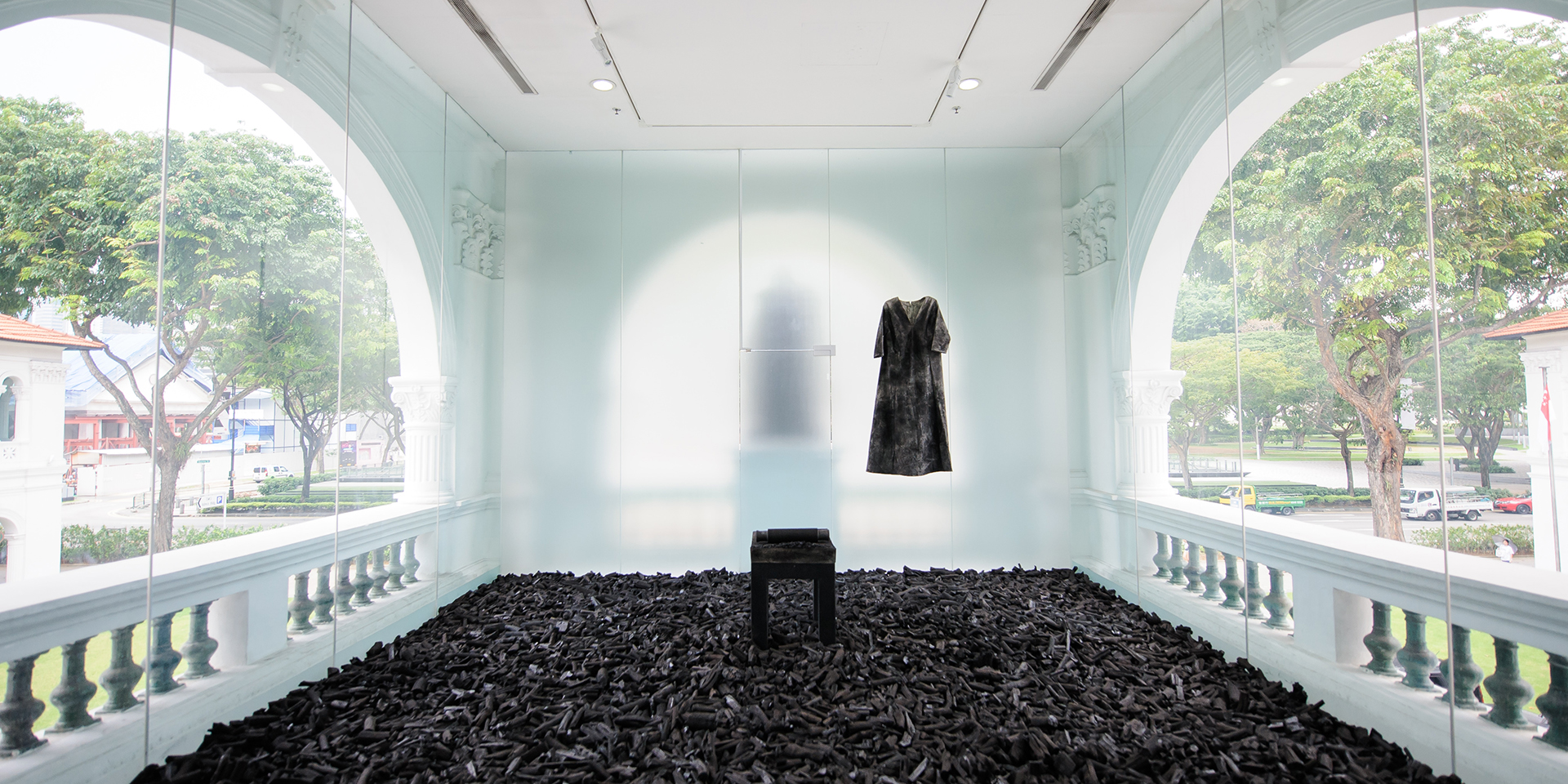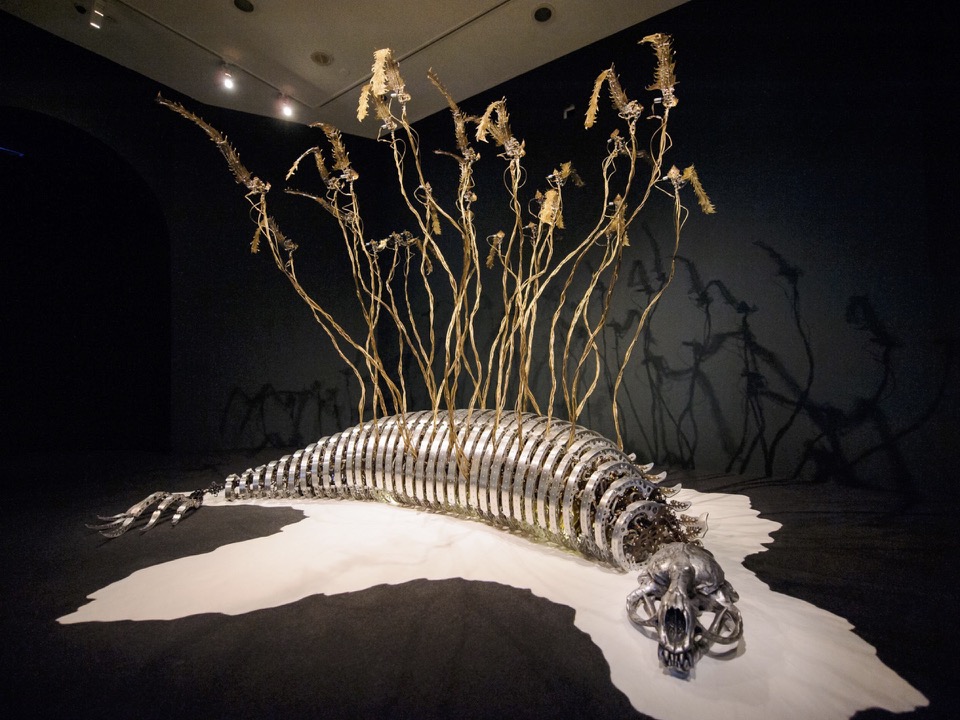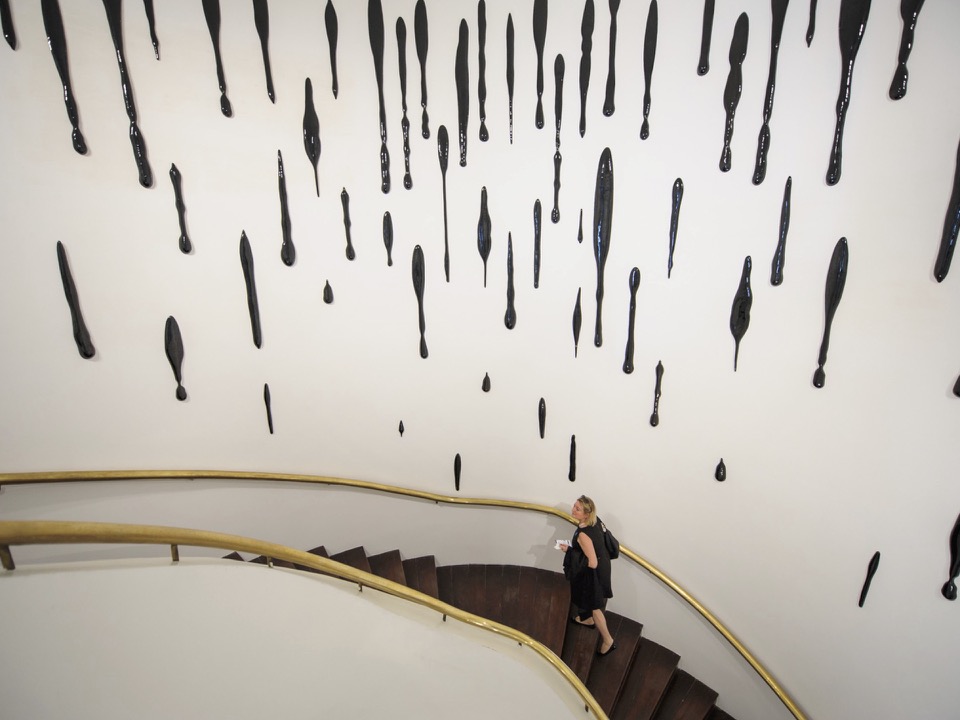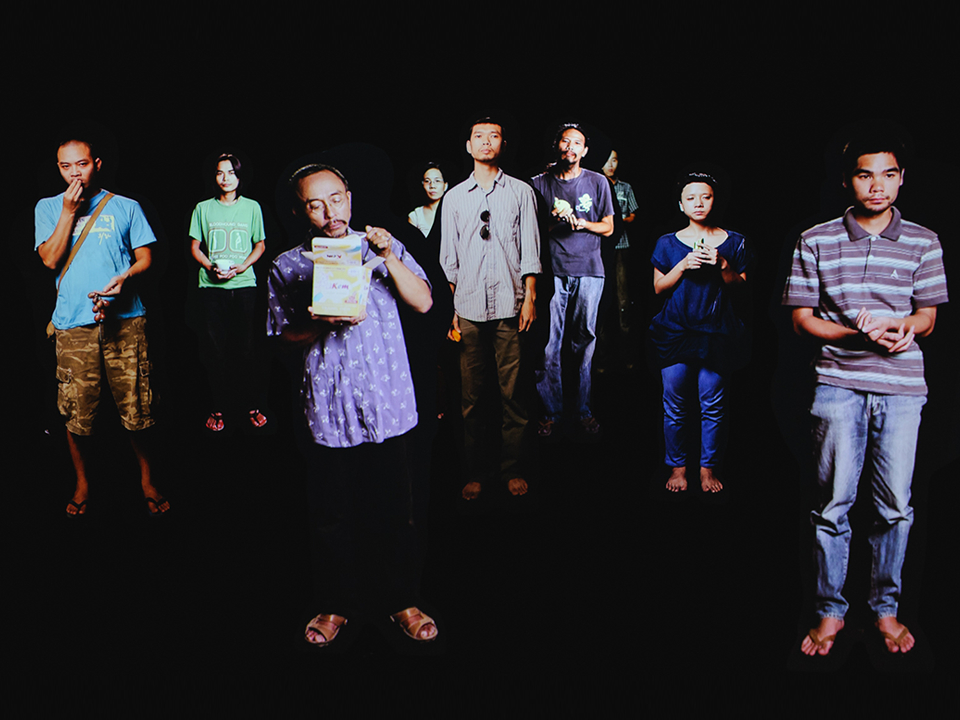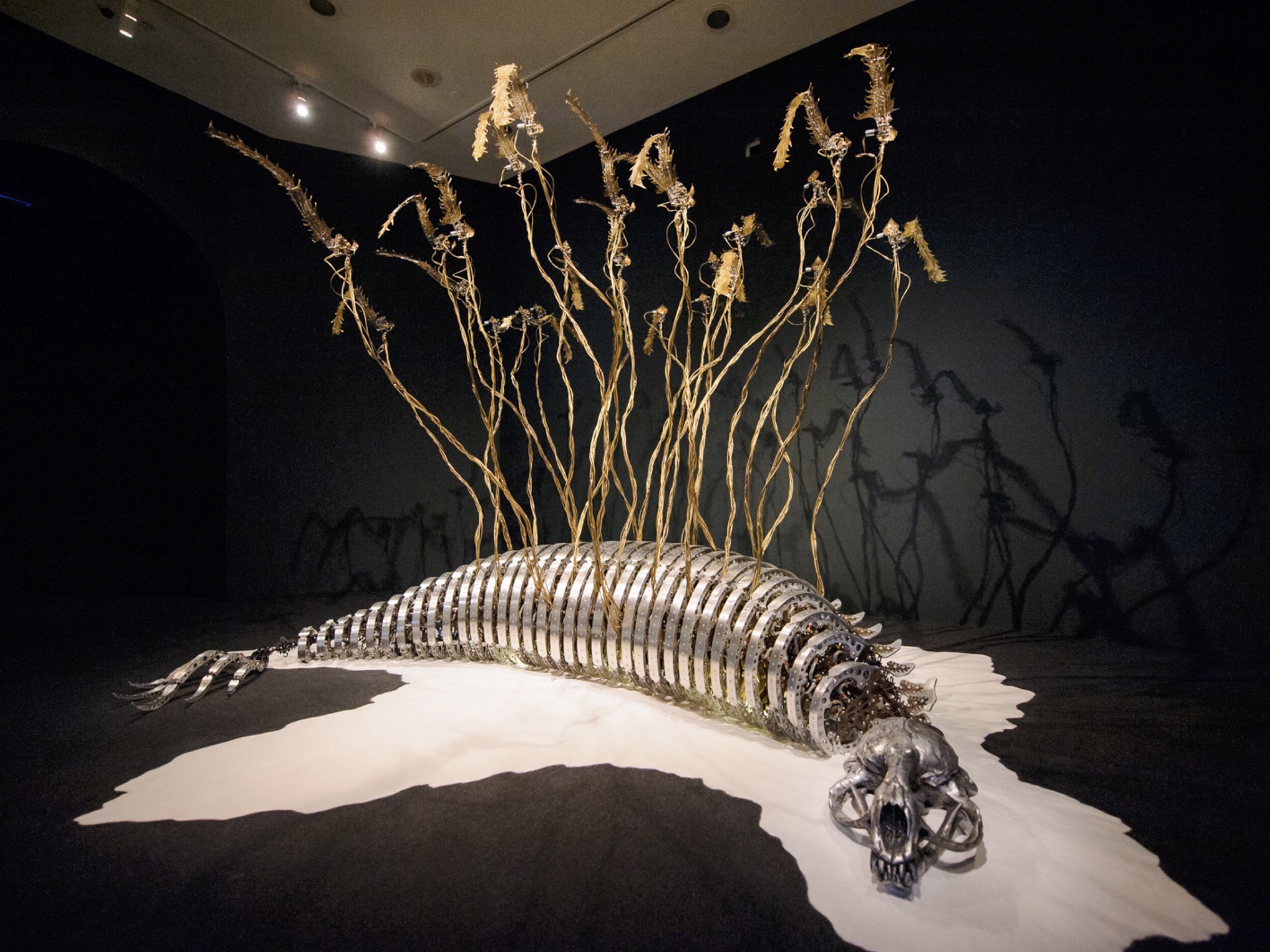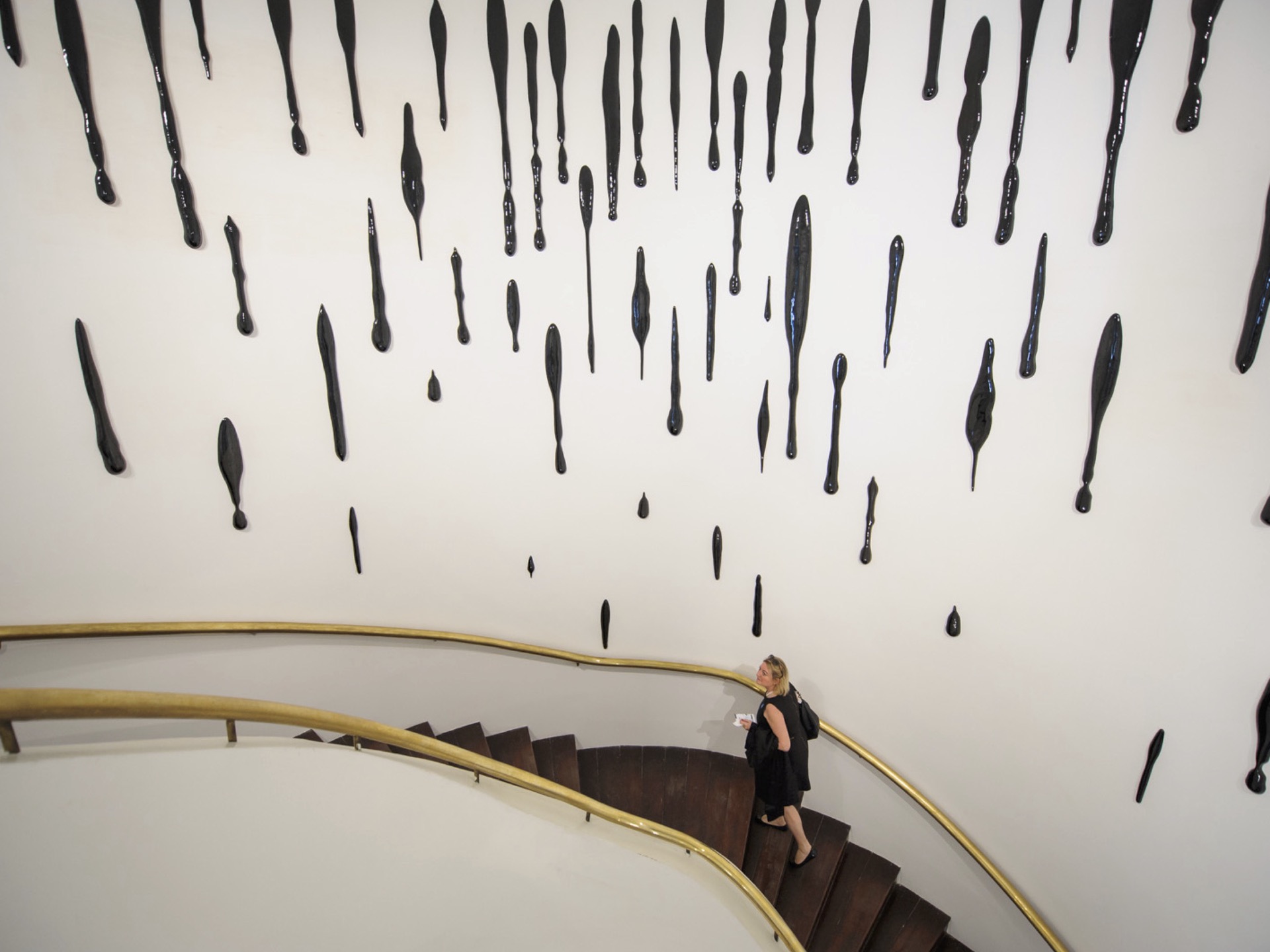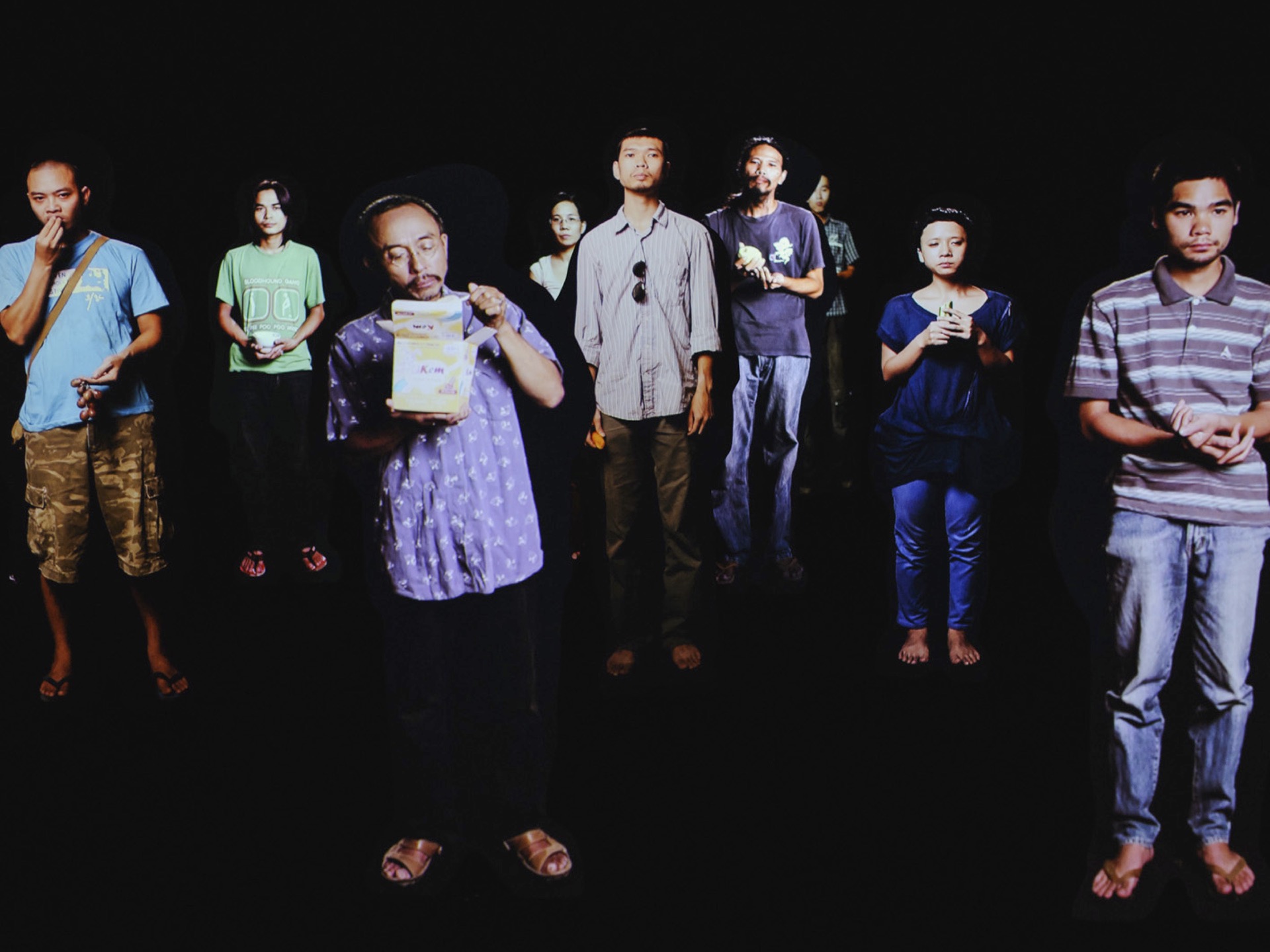Singapore Art Museum
Started in 2008 by the Asia Pacific Breweries (APB) Foundation and Singapore Art Museum, the triennial APB Foundation Signature Art Prize returns for its third edition this year. Recognising the most outstanding contemporary work by both emerging and established artists over the last three years, the prize puts the spotlight on compelling works of visual art from across the Asia-Pacific region.
Selected by a panel of five eminent judges from around the region, 15 finalists were chosen from a total of 105 nominated artworks from 24 countries and territories. The artworks address topical issues and collectively shed light not just on the region’s contemporary art landscape but also on concerns and conversations relevant in society today.
The APB Foundation Signature Art Prize is worth SGD 100,000 with SGD 60,000 awarded to the Grand Prize winner and SGD 15,000 each for two Jurors’ Choice Award winners. A People’s Choice Award of SGD 10,000 will also be offered to the artwork that receives the highest number of public votes via on-site at the museum and online.
Arin Runjang
Golden Teardrop (2013)
Choe U-Ram
Custos Cavum (Guardian of the hole) (2011)
Farida Batool
Kahani Eik Shehr Ki (Story of a City) (2012)
Go Watanabe
one places / on “the room” (2013)
Ho Tzu Nyen
PYTHAGORAS (2013)
Lisa Reihana
in Pursuit of Venus (2012)
Liu Jianhua
Trace (2011)
Melati Suryodarmo
I’m a Ghost in My Own House (2012)
Naeem Mohaiemen
Rankin Street, 1953 (2013)
Nguyen Trinh Thi
Unsubtitled (2013)
Owen Leong
Infinite Love (2011)
Peng Wei
Letters From A Distance (2012 – 2014)
Ranbir Kaleka
House of Opaque Water (2012)
Robert Zhao Renhui
Eskimo Wolf Trap often quoted in Sermons (2013)
Yao Jui-chung + Lost Society Document
Mirage – Disused Public Property in Taiwan (2010 – 2014)
highlights
custos cavum (guardian of the hole)
choe u-ram
2011
metallic material, resin, motor, gear, custom cpu board, and led
trace
liu jianhua
2011
porcelain
unsubtitled
nguyen trinh thi
2013
video projection on wood cut-outs
2011
metallic material, resin, motor, gear, custom cpu board, and led
Choe U-Ram creates intricate kinetic biomorphic sculptures out of metal, motors and machinery, giving them Latin titles almost as if they were new species. Originating from a creation myth written by the artist, Custos Cavum is one such chimerical creature that bridges the multiple worlds behind the veil of known reality. A prone form with skeleton-like metal ribs lies in a foetal position on a bed of sand, suggesting that it has washed up on a forgotten shore. Upon closer inspection, delicate gold leaves appear to be growing out of the metallic tendrils that emerge from its ribs. Their gentle movement, accompanied by quietly whirring gears prompts the realisation that the body of the creature is also rising and falling, almost as if it is breathing. This simultaneous embodiment of death and life, growth and decay, and the artificial and the natural is characteristic of Choe’s work, which explores evolutionary morphology through the aesthetics of motors and machines. On one hand, his delicate, fantastical creatures evoke wonderment at the miracle of creation out of inanimate material, and play on the very human desire to anthropomorphise the objects of our mechanical civilisation. Yet, they also suggest the ghost in the machine, or the idea that the human mind has developed at the expense of more primitive brain structures, which might at any time rise up and overwhelm our higher functions.
2011
porcelain
Winner of the APB Foundation Signature Art Prize 2014 Jurors' Choice Award
Liu Jianhua’s site-specific sculptural installation Trace makes reference to an aesthetic standard in Chinese calligraphic practice known as wu lou hen (literally translated as “water stains on the wall”). It alludes to seemingly ordinary, naturally-occurring phenomena that inspire a skilled and subtle artist to create work that relies on, yet transcends this stimulus. Made of porcelain, and approximating inky calligraphic marks on a swathe of rice paper, the elements of Trace use and evoke some of the most historically important Chinese inventions which have been developed and refined over centuries into full-fledged art forms such as ceramics and ink painting.
Black is a significant colour in ink brush painting and calligraphy, two of the most elevated forms of Chinese art practiced by the literati. In the colour spectrum, it is conventionally seen as light-absorbing, indicating the absence of colour. However, in the hands of a master with supreme control over the movement of the brush and flow of ink, black can take on remarkable nuances of tonality, shade, texture and depth. By turning inkflow into sculpture, Liu throws attention on the way the medium itself inhabits and changes the space it is positioned in. Installed in the curling white spine of the museum’s central stairwell, the monumental black drips and marks appear to scale the two-storey walls and flow onto the landing, forming a distinctive contrast with the features of the colonial building. Harmoniously bridging three different zones, the work allows viewers to be immersed in the experience it creates, while meditatively altering their perspective as they move through the transformed space.
2013
video projection on wood cut-outs
Low murmurings and soft sounds of chewing and swallowing reverberate in a darkened space through which loom life-size projections of 19 individuals. Nguyen Trinh Thi documented these artists, curators, writers and key figures from the independent contemporary art scene in Hanoi as they ate a food item of their choice, stated their name and identified what they had just consumed. The act of eating is rendered artificial and uncomfortable by their standing postures, and their individualised utterances delivered head-on into the camera subtly suggest interrogation procedures, or the practice of selfcriticism, in which a person must explain every intention, revisit every action, and account for his or her very existence.
With Unsubtitled, Nguyen Trinh Thi continues her investigation into the history and development of the place and role of the artist in society. The figures in the work assume complex positions: on one hand their stances evoke the controls and scrutiny pervasive in the cultural scene of her home country, yet their commitment to their artistic practice and individual identities is symbolically asserted by the universal, elemental and sustaining act of eating. Even as the artists engage in a collective performance, made durational through the medium of video, their individual identities remain distinct through quirks of attitude, action, voice and attire. This work is a haunting testimony to the enduring yet fragile condition that is freedom of expression.

